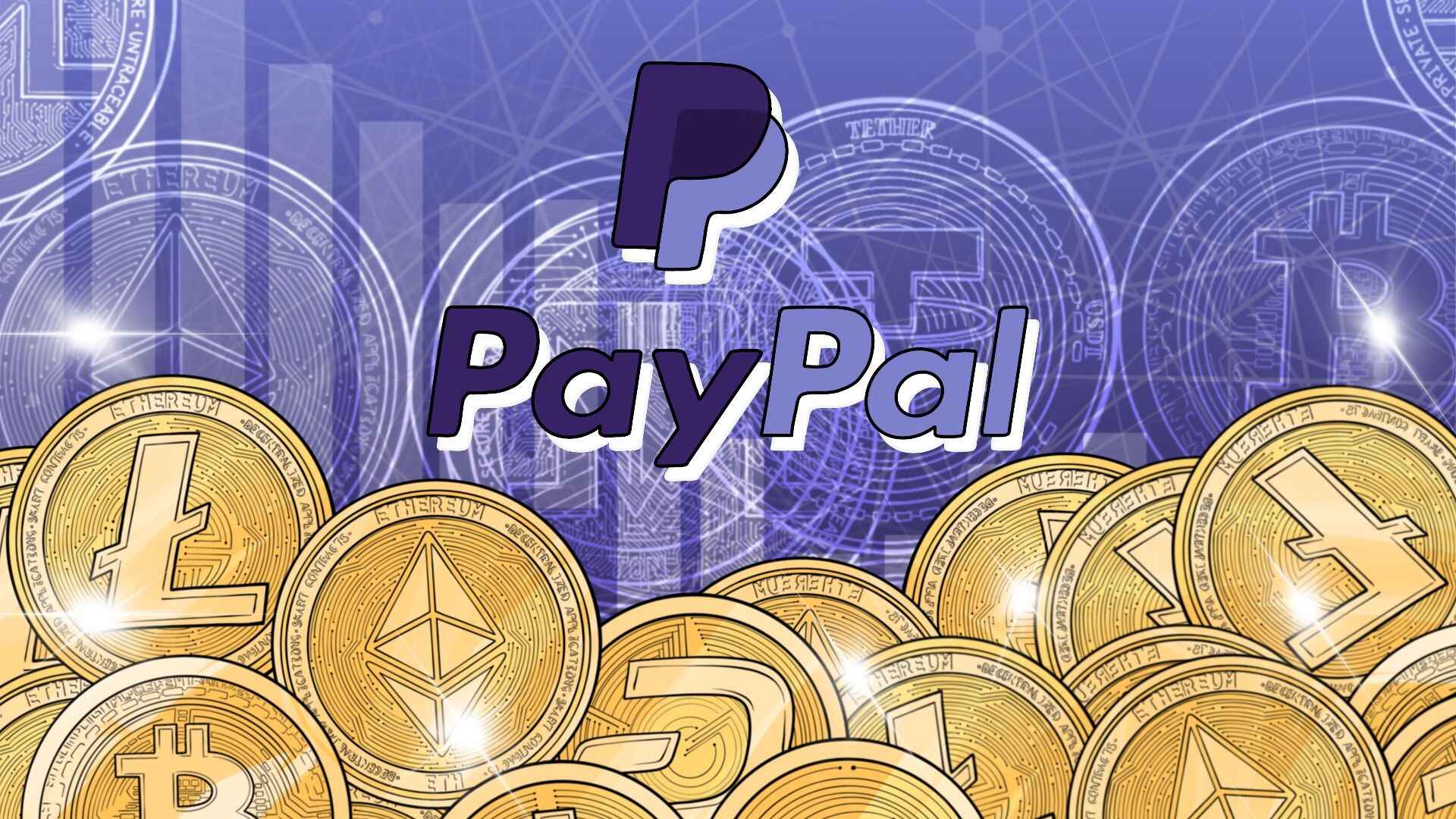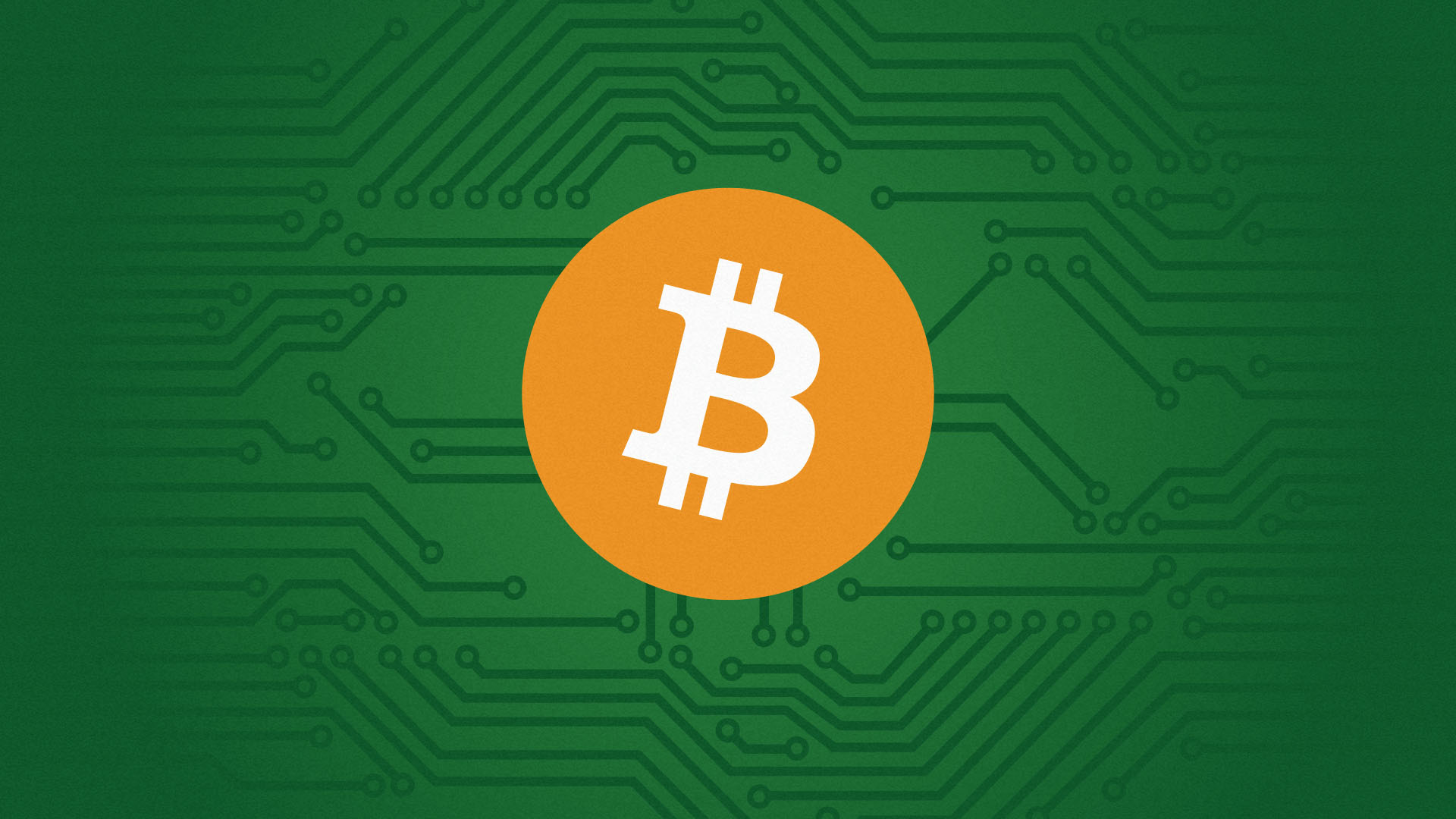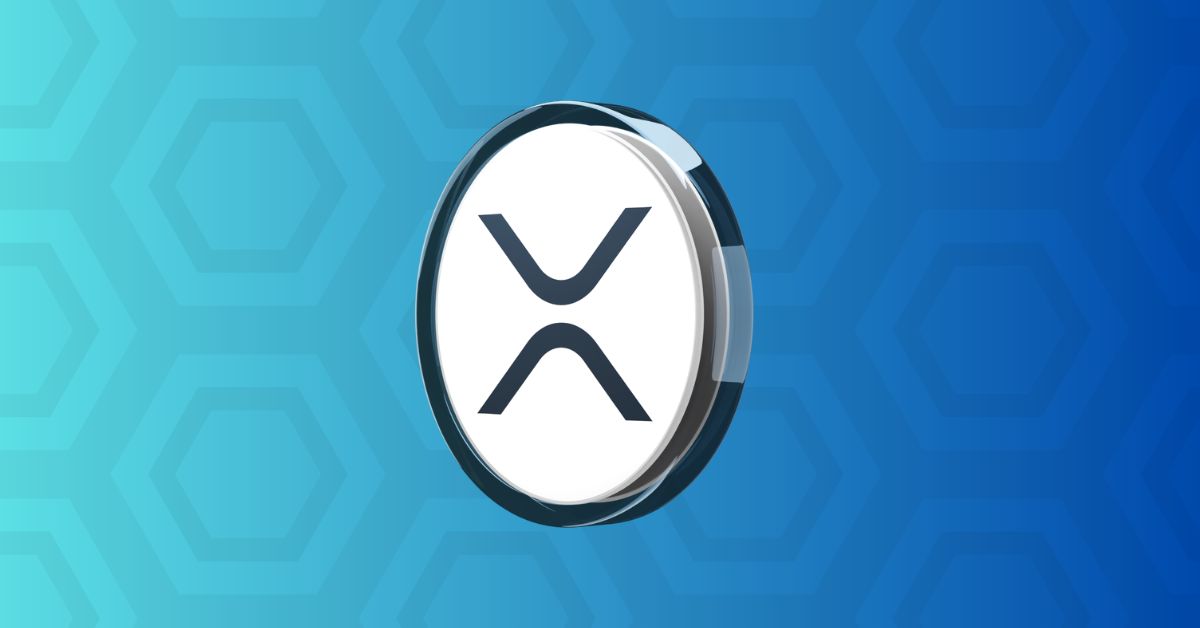Introduction
Welcome to the world of blockchain technology, a groundbreaking innovation that has revolutionized various industries and transformed the way we conduct transactions and store data. In recent years, blockchain has gained immense popularity due to its decentralized and secure nature. It has paved the way for peer-to-peer transactions without the need for intermediaries, offering transparency, immutability, and enhanced security.
But what exactly is blockchain? In simple terms, blockchain is a decentralized digital ledger that records transactions across multiple computers or nodes. Unlike traditional centralized systems, where a central authority controls and verifies transactions, blockchain removes the need for intermediaries. It operates on a consensus mechanism, where multiple participants in the network validate and verify each transaction, ensuring its authenticity and eliminating fraudulent activities.
Blockchain technology gained traction with the emergence of cryptocurrencies such as Bitcoin. It serves as the underlying technology for digital currencies, allowing secure and transparent transactions without the need for banks or financial institutions. However, its applications extend far beyond the realm of cryptocurrencies.
The power of blockchain lies in its ability to provide a secure, transparent, and tamper-proof system for storing and transferring data. It has the potential to disrupt various industries, including finance, supply chain management, healthcare, and more. The benefits of blockchain technology are vast, and its use cases are expanding rapidly.
In this article, we will explore the workings of blockchain technology, delve into its benefits, examine some real-world use cases, and discuss the challenges and limitations it faces. So, let’s dive into the exciting world of blockchain and understand how it is transforming the digital landscape.
Definition of Blockchain
Blockchain is a distributed technology that enables the secure storage, verification, and transfer of digital information without the need for a central authority. It is essentially a chain of blocks, where each block contains a list of transactions or other data. These blocks are linked to each other using cryptographic hashes, forming an immutable and transparent ledger.
The fundamental concept behind blockchain is decentralization. Instead of relying on a centralized entity to validate and verify transactions, blockchain uses a network of participants or nodes to maintain the integrity and security of the system. Every participant in the network has a copy of the blockchain, ensuring that no central authority has control over the data.
One of the defining features of blockchain is its immutability. Once a transaction or piece of data is added to the blockchain, it cannot be altered or deleted. This makes blockchain highly secure and resistant to hacking or unauthorized modifications. Additionally, the transparency of blockchain allows anyone to view and verify the transactions recorded on the ledger.
Blockchain operates on a consensus mechanism to ensure the validity of transactions. Various consensus algorithms, such as Proof of Work (PoW) or Proof of Stake (PoS), are used to validate transactions and add them to the blockchain. These algorithms require participants to solve complex mathematical problems or stake their own cryptocurrency to participate in the consensus process.
The value of blockchain lies in its ability to provide trust and transparency in a decentralized ecosystem. By eliminating the need for intermediaries, blockchain reduces costs, streamlines processes, and minimizes the risk of fraud. It also enables faster and more efficient transactions, as it removes the need for manual verification and reconciliation.
While blockchain technology is often associated with cryptocurrencies, its applications extend far beyond digital currencies. It can be used for a wide range of purposes, such as supply chain management, identity verification, intellectual property protection, voting systems, and more. The versatility and potential of blockchain are only beginning to be explored.
Now that we have a clear understanding of what blockchain is, let’s delve into how it works and the underlying principles that make it such a transformative technology.
How Blockchain Works
Understanding how blockchain works requires an understanding of its key components and processes. At its core, blockchain consists of three main elements: blocks, cryptographic hashes, and consensus mechanisms. Let’s explore each of these components in more detail.
1. Blocks: A block is a container that holds a collection of transactions or data. Each block is linked to the previous block through a unique identifier called a cryptographic hash. This creates a chain of blocks, forming the blockchain. Each block contains a timestamp, a reference to the previous block, and a set of transactions or data.
2. Cryptographic Hashes: A cryptographic hash is a unique string of characters generated by applying a mathematical algorithm to the data within a block. The hash ensures the integrity and security of the block by creating a digital fingerprint that is unique to that specific set of data. It also serves as a reference to the previous block in the chain, forming a chronological and tamper-proof ledger.
3. Consensus Mechanisms: Consensus mechanisms are protocols used to validate and agree on the state of the blockchain. They ensure that all participants in the network reach a consensus on the order and validity of transactions. Popular consensus mechanisms include Proof of Work (PoW), where participants solve complex mathematical problems to validate transactions, and Proof of Stake (PoS), where participants stake their own cryptocurrency to participate in the consensus process.
When a new transaction is initiated, it is broadcasted to all participants in the blockchain network. The participants validate the transaction by checking its authenticity and ensuring that the sender has sufficient funds to execute the transaction. Once validated, the transaction is grouped with other verified transactions and added to a new block.
Before a new block can be added to the blockchain, it must be verified and agreed upon by the majority of participants in the network. This process, known as consensus, ensures that all participants have a synchronized and consistent view of the blockchain. Once consensus is reached, the new block is appended to the chain, and the process continues for subsequent transactions.
Importantly, blockchain technology employs encryption techniques to secure the data stored within the blocks. Each transaction is encrypted using public key cryptography, which ensures that only the intended recipient can access and decipher the data. This enhances the security and privacy of transactions, making blockchain an attractive solution for various industries.
By combining blocks, cryptographic hashes, and consensus mechanisms, blockchain creates a decentralized and secure system for storing, verifying, and transferring digital information. It provides transparency, immutability, and trust without the need for intermediaries, revolutionizing the way we conduct transactions and share data.
With a solid understanding of how blockchain works, let’s move on to explore the benefits and advantages it offers in various industries.
Benefits of Blockchain Technology
Blockchain technology offers a wide array of benefits that have the potential to transform various industries. Let’s explore some of the key advantages:
1. Enhanced Security: Blockchain technology provides advanced security features that make it highly resistant to tampering and fraud. The use of cryptographic hashes and decentralized consensus mechanisms ensures the integrity and immutability of data. With transactions being recorded across multiple nodes, it becomes extremely difficult for malicious actors to manipulate or alter the information stored on the blockchain.
2. Increased Transparency: Blockchain enables transparent and auditable transactions by storing them on a distributed ledger that is accessible to all participants in the network. This level of transparency reduces the risk of fraud and increases trust among parties involved in a transaction. In industries such as supply chain management, blockchain can provide real-time visibility into the movement and origin of goods, ensuring accountability throughout the process.
3. Elimination of Intermediaries: By utilizing blockchain technology, the need for intermediaries, such as banks or third-party service providers, can be eliminated or significantly reduced. Blockchain enables peer-to-peer transactions, allowing parties to transact directly with each other without the need for intermediaries. This reduces costs, improves efficiency, and streamlines processes.
4. Faster and More Efficient Transactions: Traditional financial transactions often involve complex processes and multiple intermediaries, resulting in time delays and inefficiencies. With blockchain, transactions can be processed faster and more efficiently due to the removal of intermediaries and the automation of validation processes. This can be particularly beneficial for cross-border transactions and remittances, which often suffer from lengthy processing times and high fees.
5. Improved Data Integrity: The immutability of blockchain ensures the integrity and accuracy of data. Once a transaction is recorded on the blockchain, it cannot be altered or deleted. This feature is particularly valuable in industries that require accurate and tamper-proof records, such as healthcare, real estate, and legal documentation.
6. Cost Savings: Blockchain technology has the potential to reduce costs by removing the need for intermediaries and streamlining processes. By eliminating manual verification and reconciliation processes, blockchain reduces operational costs and minimizes the risk of human error. Additionally, the peer-to-peer nature of blockchain transactions can significantly reduce transaction fees associated with traditional financial transactions.
7. Decentralization and Trust: Blockchain operates on a decentralized network, where no single entity has control over the entire system. This decentralization ensures that no single point of failure exists, making the network more resilient and less susceptible to hacking or system failures. The transparent nature of blockchain, coupled with the consensus mechanisms, fosters trust among participants, as all transactions are verified and agreed upon by the network.
These are just a few of the many benefits that blockchain technology offers. As industries continue to explore and adopt blockchain solutions, it is expected that the full potential of this transformative technology will be realized.
Use Cases of Blockchain
Blockchain technology has the potential to revolutionize numerous industries and sectors. Let’s explore some of the most promising use cases of blockchain:
1. Financial Services: The financial sector has been at the forefront of blockchain adoption. Blockchain enables faster and more secure transactions, reduces fraud, and improves transparency. It can be used for cross-border payments, remittances, smart contracts, and identity verification. Blockchain-based cryptocurrencies also provide an alternative to traditional fiat currencies and offer financial inclusion to the unbanked population.
2. Supply Chain Management: Blockchain can bring transparency and traceability to supply chain management. By recording every step of the supply chain on the blockchain, from sourcing to production to distribution, stakeholders can have real-time visibility into the movement of goods. This enhances accountability, reduces counterfeiting, ensures product quality, and strengthens trust between suppliers, manufacturers, and consumers.
3. Healthcare: Blockchain has the potential to revolutionize healthcare by securely storing and sharing patient health records. This allows for seamless access to medical records across different healthcare providers, enhances data privacy and security, reduces medical errors, and facilitates research and development. Blockchain can also be used for drug traceability, clinical trials, and telemedicine.
4. Government Services: Governments can leverage blockchain to improve transparency, reduce corruption, and streamline administrative processes. Blockchain-based solutions can be used for secure voting systems, digital identity verification, land registry, public procurement, and social welfare distribution. By utilizing blockchain, governments can enhance trust and efficiency in public service delivery.
5. Intellectual Property: Blockchain can revolutionize intellectual property (IP) protection by providing transparent and immutable records of copyrights, patents, and trademarks. This helps in proving the ownership and authenticity of intellectual property, reducing infringement disputes, and facilitating licensing and royalty payments. Blockchain technology also enables the creation of decentralized marketplaces for digital content, ensuring fair compensation for creators.
6. Energy Industry: Blockchain can facilitate the transition to a decentralized energy system by enabling peer-to-peer energy trading, grid management, and renewable energy certificate tracking. With blockchain, consumers can directly trade excess energy they generate, reducing reliance on traditional energy providers. This promotes sustainable energy practices and increases energy efficiency.
7. Supply Chain Finance: Blockchain can improve access to financing for small and medium-sized enterprises (SMEs) by providing transparency and authenticity in supply chain transactions. By recording trade activities on the blockchain, lenders can have visibility and confidence in the transaction history, reducing the risk of financing SMEs.
These are just a few examples of the numerous use cases of blockchain technology. As the technology continues to evolve and mature, more industries are expected to adopt blockchain solutions to enhance efficiency, transparency, and security in their operations.
Challenges and Limitations of Blockchain
While blockchain technology offers numerous benefits, it also comes with its fair share of challenges and limitations. Let’s explore some of the key challenges:
1. Scalability: One of the major challenges facing blockchain technology is scalability. As more transactions are added to the blockchain, the size of the blockchain grows, resulting in slower transaction processing times. The current design of many blockchain networks limits their ability to handle high transaction volumes, hindering widespread adoption in industries such as finance and supply chain management.
2. Energy Consumption: Blockchain networks, especially those based on Proof of Work (PoW) consensus algorithms, require substantial computational power and energy consumption. The mining process involved in validating transactions on these networks can be energy-intensive, raising concerns about the environmental impact of blockchain technology.
3. Regulatory Challenges: The decentralized and borderless nature of blockchain presents regulatory challenges for governments worldwide. The lack of a central authority overseeing transactions makes it difficult to enforce existing regulations. Governments are grappling with finding the right balance between promoting innovation and ensuring compliance with laws related to taxation, money laundering, and consumer protection.
4. Interoperability: Currently, various blockchain networks operate independently, lacking interoperability or the ability to communicate with each other. This lack of standardization hinders the seamless transfer of assets and data between different blockchain systems. It also complicates efforts to create unified solutions that can optimize efficiency across industries.
5. Data Privacy: While blockchain provides enhanced security through encryption and decentralization, it can pose challenges in terms of data privacy. As transactions are recorded on a public ledger, sensitive or confidential information may be exposed to anyone with access to the blockchain. Furthermore, reconciling the need for data privacy with regulatory requirements, such as General Data Protection Regulation (GDPR), presents a complex challenge.
6. Governance and Consensus: Blockchain networks require consensus mechanisms to agree on the state of the blockchain. However, determining the most effective consensus mechanism, managing governance structures, and avoiding centralization of power remain ongoing challenges. Achieving consensus among a diverse group of participants with different motivations and interests is not always straightforward.
7. User Experience and Adoption: For blockchain to achieve mainstream adoption, it must provide a user-friendly experience that is accessible and understandable to the general public. Currently, interacting with blockchain requires technical expertise and can be intimidating for non-technical users. Improving the user experience and simplifying the onboarding process are critical for broader acceptance.
These challenges and limitations should not undermine the potential of blockchain technology. Addressing these issues through ongoing research, innovation, and collaboration will pave the way for wider adoption and a more mature blockchain ecosystem.
Conclusion
Blockchain technology has emerged as a game-changer, revolutionizing various industries with its decentralized, transparent, and secure features. It has the potential to transform financial services, supply chain management, healthcare, government services, and more. The benefits of blockchain include enhanced security, increased transparency, elimination of intermediaries, faster transactions, improved data integrity, cost savings, and decentralized trust.
However, blockchain also faces challenges and limitations that need to be addressed for wider adoption. Scalability, energy consumption, regulatory concerns, interoperability, data privacy, governance, and user experience are among the key challenges that require ongoing research and innovation.
Despite these challenges, the potential of blockchain technology cannot be overlooked. Its ability to provide trust, transparency, and efficiency in a decentralized ecosystem is reshaping industries and paving the way for new business models and opportunities.
As blockchain technology continues to evolve, collaboration and cooperation among industry stakeholders, governments, and technological innovators are crucial. Encouraging standardization, addressing governance concerns, and promoting user-friendly interfaces will be vital for widespread blockchain adoption.
In conclusion, blockchain technology holds immense promise in transforming the way we transact, store data, and verify information. By harnessing its potential and addressing the challenges it presents, we can unlock a future of enhanced security, transparency, and efficiency across various sectors, ushering in a new era of digital transformation.

























